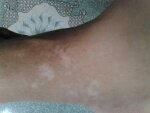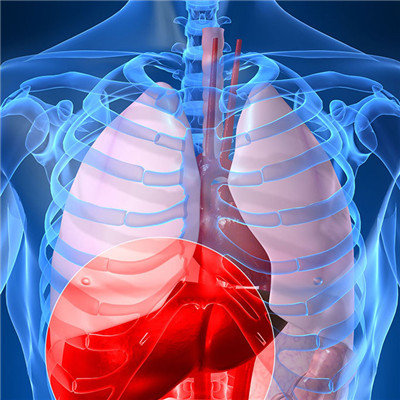Severe symptoms of Japanese encephalitis in polar phase?
summary
The pathogen of Japanese encephalitis (JE) was found in Japan in 1934, so it was named Japanese encephalitis. In 1939, Chinese scientists isolated japanese encephalitis virus. After liberation, they carried out a lot of investigation and research work and renamed it epidemic encephalitis B. The disease is mainly distributed in the Far East of Asia and Southeast Asia. It is transmitted by mosquitoes and occurs mostly in summer and autumn. Clinically, acute onset, including high fever, disturbance of consciousness, convulsion, tonic spasm and meningeal irritation, etc. severe patients often have sequelae, which belongs to blood infectious diseases. Severe symptoms of Japanese encephalitis in polar phase? Let's talk about it
Severe symptoms of Japanese encephalitis in polar phase?
High fever: the body temperature continues to rise to more than 40 ℃ and does not subside until the end of the polar phase. High fever lasts for 7-10 days, mild as short as 3-5 days, and severe as more than 3-4 weeks. Generally, the higher the fever, the longer the fever course, and the more severe the clinical symptoms.

Disturbance of consciousness: the patient's general symptoms worsen, and obvious neurological symptoms and signs appear. The patient's disturbance of consciousness worsens, and the incidence of coma changes from drowsiness to coma is 50% - 94%. The earlier, deeper and longer the coma, the more serious the condition is. The duration of coma is about one week, and the severe cases can reach more than one month.

Convulsion: the incidence rate is 40% - 60%, which is the manifestation of severe condition. In severe cases, convulsions occur repeatedly, even limb tonic spasm, deepening coma, pyramidal tract symptoms and involuntary movement of limbs can also occur.

matters needing attention
Population immunization is an effective measure to protect susceptible population. At present, there are three kinds of vaccines produced and used on a large scale: inactivated mouse brain vaccine, inactivated cell culture vaccine and attenuated cell culture vaccine.










